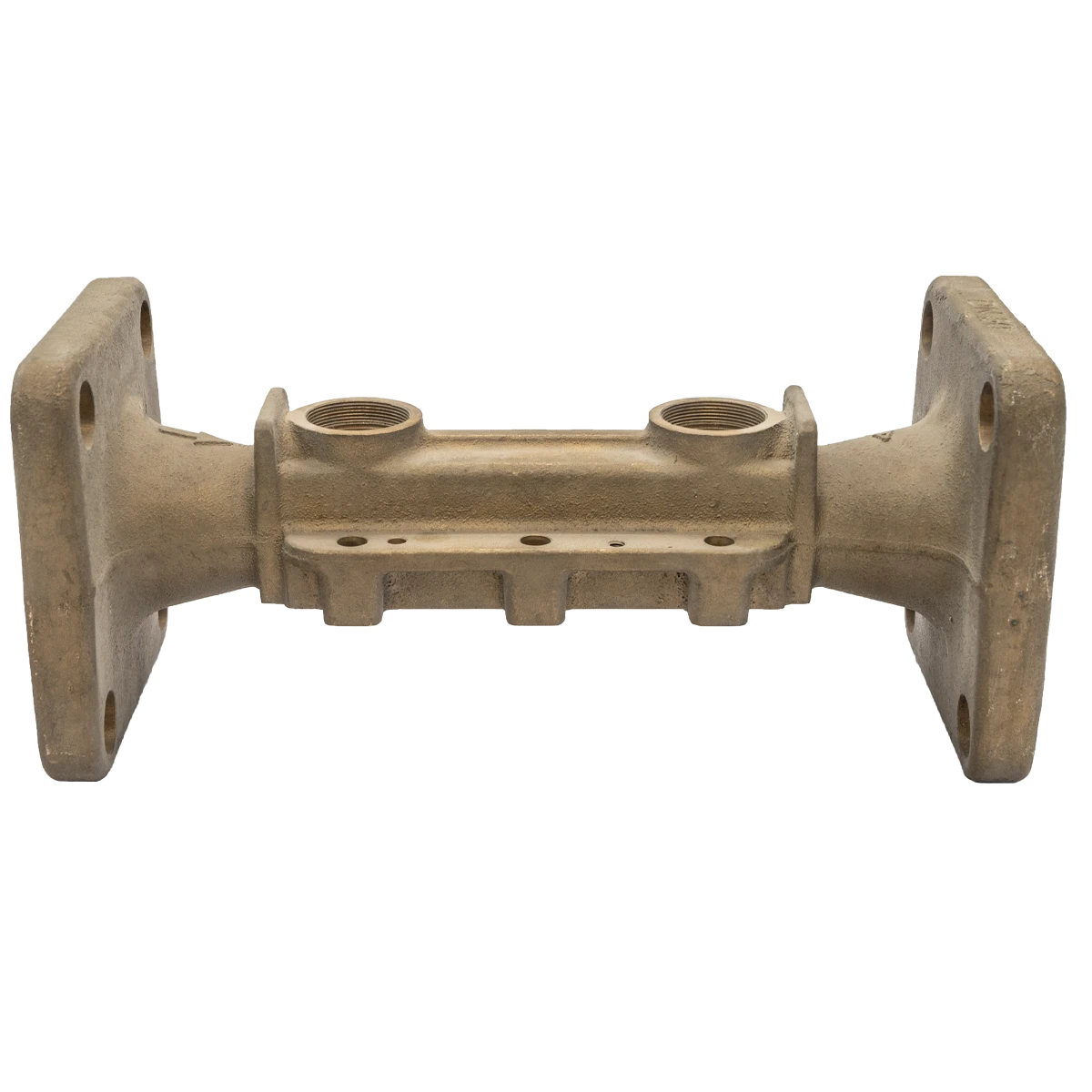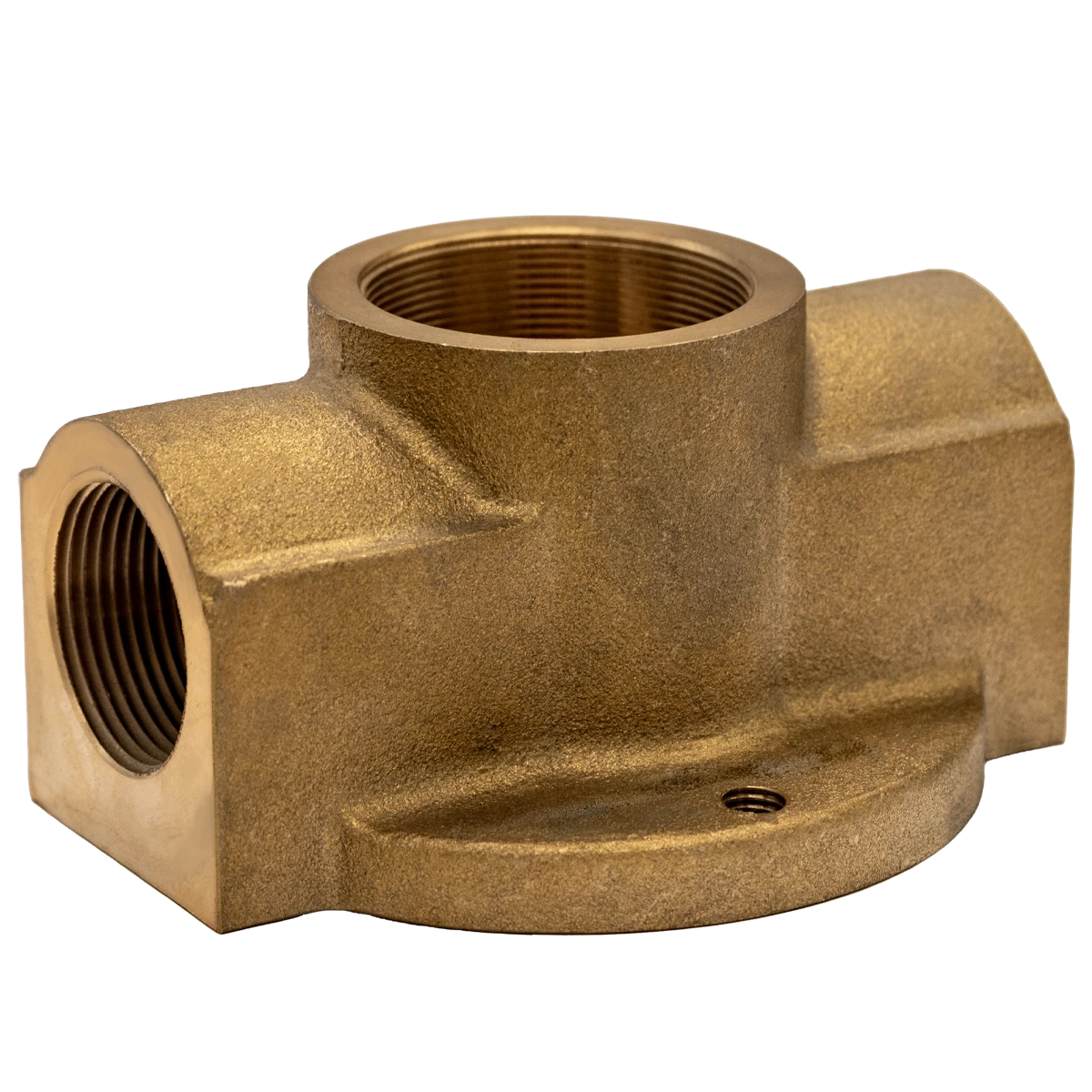Mobile:+86-311-808-126-83
Email:info@ydcastings.com
English
Innovations in Stainless Steel Casting Techniques for Enhanced Durability and Performance
The Versatility and Benefits of Stainless Steel Casting
Stainless steel casting is a specialized process that has gained significant importance across various industries due to its numerous advantages. This method involves pouring molten stainless steel into a mold to create complex shapes and designs that are integral to the manufacturing of numerous products. With its corrosion resistance, aesthetic appeal, and strength, stainless steel casting plays a crucial role in modern engineering and design.
The Casting Process
The casting process typically begins with the creation of a mold, which can be made from materials such as sand or metal. Once the mold is prepared, molten stainless steel is carefully poured into it. The steel is heated to a temperature sufficient to ensure it flows smoothly into every crevice of the mold, allowing for the precise reproduction of the desired shape. After the steel cools and solidifies, the mold is removed, leaving behind a finished cast.
There are several methods of stainless steel casting, including lost-wax casting, sand casting, and investment casting
. Each method has its specific applications and benefits, allowing manufacturers to choose the best technique based on the required precision and scale of production.Advantages of Stainless Steel Casting
1. Corrosion Resistance One of the most significant benefits of stainless steel is its resistance to corrosion. This property makes stainless steel casting ideal for products that will be exposed to harsh environments, such as chemical processing equipment, marine applications, and outdoor fittings. Unlike ordinary steels, stainless steel retains its integrity over time, reducing maintenance costs and extending the lifespan of the products.
2. High Strength Stainless steel casting produces components that are exceptionally strong and durable. The casting process allows for the creation of intricate geometries, with uniform structural integrity. This makes it suitable for heavy-duty applications, including industrial machinery and automotive parts.
stainless steel casting

3. Aesthetic Appeal Stainless steel has a modern and sleek appearance that is highly valued in design and architecture. Cast stainless steel products can be polished to a shiny finish or brushed for a more muted look, making them suitable for decorative applications such as railings, fixtures, and art installations. This versatility in aesthetics allows designers to achieve their creative vision without compromising functionality.
4. Hygienic Properties Stainless steel is non-porous and easy to clean, making it an ideal choice for applications in the food and healthcare industries. The casting process allows for smooth surfaces that minimize bacterial growth, contributing to food safety and sanitation standards.
5. Customization The casting process can produce a wide range of shapes and sizes, allowing for great flexibility in design. Manufacturers can create custom parts tailored to specific requirements, enabling innovation and adaptability in product development.
Applications in Various Industries
Stainless steel casting is employed in numerous industries, showcasing its versatility. In the aerospace sector, cast stainless steel components are used for fittings and valves due to their strength and resistance to high temperatures. In the oil and gas industry, casting is utilized for valves and pumps that must withstand corrosive environments.
Additionally, the automotive industry benefits from stainless steel casting for parts like engine components and exhaust systems. In the construction sector, stainless steel castings are used for architectural elements and structural supports, combining strength with aesthetic qualities.
Conclusion
Stainless steel casting is a powerful manufacturing process that offers a unique combination of strength, durability, and design flexibility. Its resistance to corrosion, high strength, aesthetic versatility, and hygienic properties make it an ideal choice for a wide array of applications. As technology advances, the methods and materials used in stainless steel casting will continue to evolve, further enhancing its role in industry and expanding possibilities for innovation in product design. As we move into the future, stainless steel casting remains an indispensable technique that significantly contributes to modern manufacturing and engineering.
-
Materials Used in Manufacturing Cap End Pipe FittingsNewsNov.24,2025
-
Material Properties of CF8M CastingNewsNov.24,2025
-
How to Inspect Pump Cap Ends for DamageNewsNov.21,2025
-
Backward Curved Impeller – Efficient Airflow Solutions for Industry | YD CastingsNewsNov.21,2025
-
Automobile Water Pump - Efficient, Quiet, Durable & ElectricNewsNov.21,2025
-
Impeller for Pumps – High-Efficiency, Durable, OEM-ReadyNewsNov.21,2025











